Left, Right, Closed, Starter... What's the Difference?
Stair treads have six main styles:
Left and right is always relative to a person ascending the staircase.
Take a look at the below photos to determine which style tread you need.
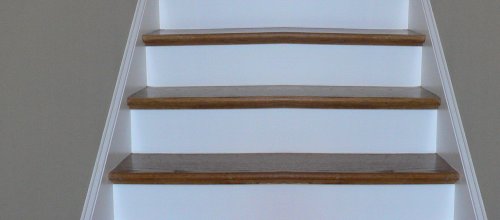
Closed Stair Tread
Closed stair treads have either a wall or a knee wall on both ends of the tread and thus require no mitered returns.
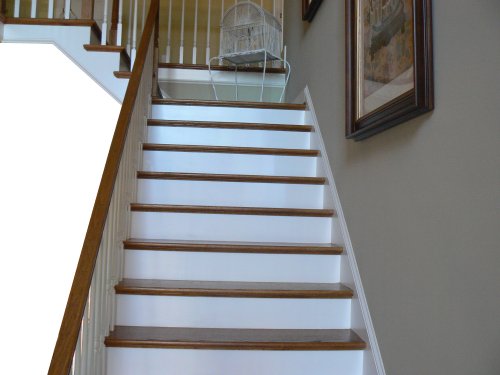
Left Hand Open Stair Tread
Left hand open or left return treads intersect a wall or knee wall on the right side of the tread and are exposed on the left side. Notice how the spindles directly intersect the tread in the photo above. Towards the top of the photo, you can see how the edge of the tread is exposed from the side view.
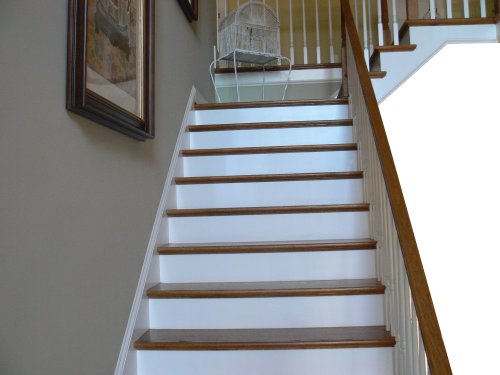
Right Hand Open Stair Tread
Right hand open stair treads are the exact opposite of left hand open treads. In right hand open treads, the left side of the stair tread intersects a wall or knee wall and the right side of the tread is exposed. Notice how the spindles intersect the tread on the right side in the photo above. Again, look at the top of the photo and you will notice how the tread is exposed when viewed from the side.
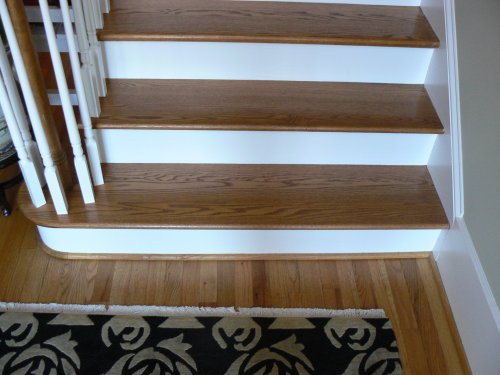
Left Turnout Starter Step
Starter steps, as their name implies, are only used as a first step in a staircase. They are rounded or "turned out" on one or both sides. The same rules as above apply when determining left turnout or right turnout. A curved riser is required with starter steps.
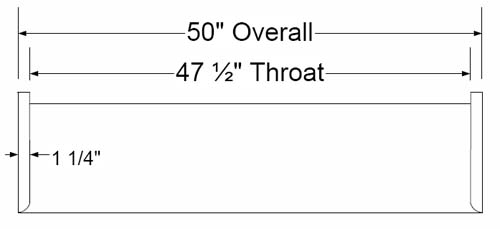
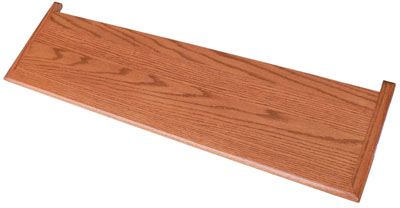
Double Return Stair Tread
Double return stair treads have a mitered return on both the left and right ends. Double return stair treads are always measured by the "Throat" dimension - the length between the two mitered returns. Because the mitered returns are both 1¼ wide, the overall width of a double return stair tread will always be 2½ wider than the throat.















Log In